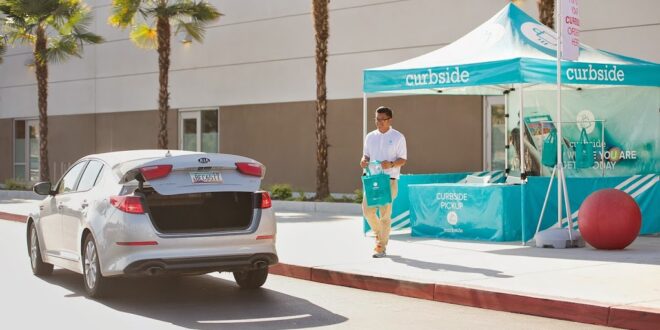The pandemic taught us how crowded areas can be a recipe for disaster. Germs find it easy to spread from one person to another when too many people stand in close proximity in places like retail stores and shopping malls. This makes curbside pickup a safe and smart solution for shoppers.
For those who aren’t aware, curbside pickups are shaded areas constructed outside retail stores to house merchandise. Shoppers can place their orders online and collect their stuff from the pickup without entering the store premises. Cool! But how can you make a curbside pickup for your retail business on a budget? Use a canopy tent. Read on to know more!
Canopy Tent – the Most Practical Shade Solution on the Market
Man has been making and using tents since antiquity to protect himself from the elements. And like everything else, the tent to have evolved into an extremely useful and versatile accessory.
- Modern tents use PVC and polyester for their canopies instead of traditional materials like canvas or animal hide. These materials are more durable and effective against UV radiations and downpours.
- Canopy tents can be tailored with custom color schemes and graphics to suit user preferences.
- Businesses big and small use branded pop-up tents as pavilions or booths in tradeshows and sporting events to promote their products and serve customers.
- Custom tents are lightweight and easy to set up, and can be used in all sorts of venues and weather conditions. They are also very affordable.
Needless to say, canopy tents have transformed the outdoor event landscape and are indispensable to event organizers and brands alike.
It’s Easy to Construct Curbside Pickups With Tents
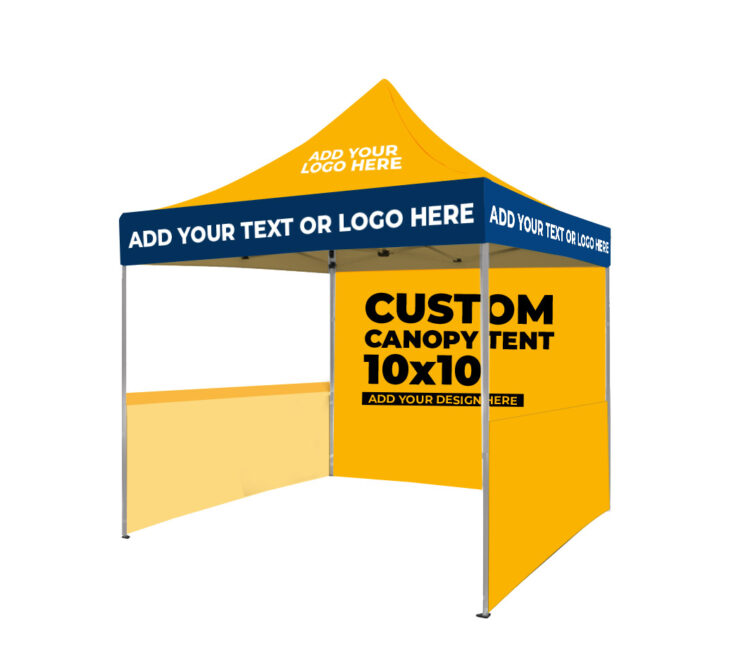
Here’s how you can easily build a curbside pickup for your customers using a tent:
1. Necessary Permits
Before you can go about installing a curbside pickup, ensure you have the necessary permits from the relevant authorities. Permanent structures are costly to build and difficult to get permits for, and they become liabilities if you plan to relocate. Tents on the other hand are portable, easy to take down, and occupy much less space than permanent structures. So, it’s much more convenient to use tents to build makeshift structures.
2. Choose the Correct Size
Tents come in a variety of shapes and sizes. The correct size for your curbside pickup tent will depend on the following factors:
- How much space do you have at your disposal?
- How large is your customer base?
If you have limited space and a customer base, a small 10×10 custom canopy tent should do fine. Go for the large 20×20 tent, if you have a substantial customer base and space to accommodate them. You can also ask your tent manufacturer to custom-build one for you.
3. Pay Heed to Weather Conditions
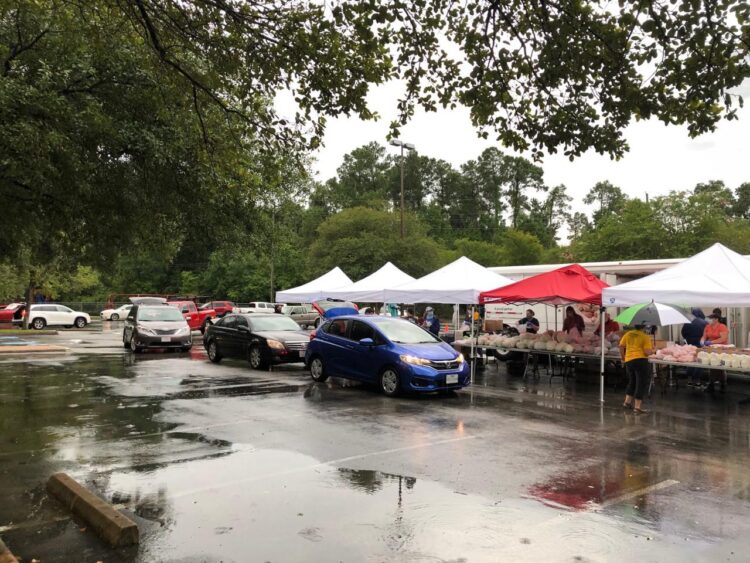
Weather conditions play a crucial role in the choice of accessories, and tents are no exception to that rule. A curbside pickup is meant to house perishable commodities and act as a comfortable shade for staff members and customers. So, you need to choose a well-ventilated, weatherproof tent for the job.
PVC, polyester, and nylon tents are perfect for all weather conditions. They tackle cold drafts, rain, and humid conditions with ease. Nylon and polyester are breathable fabrics and hence excellent for hot and humid conditions. Look for tents with mesh panels to promote airflow and keep bugs out. A good hot-weather tent will also have a rainfly that can be easily removed or rolled up to maximize ventilation.
Use rain gutters and bathtub-style floor mats in wet weather conditions to keep rainwater out. PVC is a better insulator than polyester or nylon and is hence perfect for cold weather. A good cold-weather tent will also have a waterproof and breathable rainfly to keep condensation at bay. Look for tents with sturdy frames to withstand strong winds and snow loads.
4. Brand Your Tent
Branding your tent is a smart move for many reasons. A branded pop-up tent acts as a marketing accessory and helps promote your brand. This results in increased brand recognition and awareness among a large audience.
A custom tent carrying your logo, brand colors, and slogan represents your values and instills confidence among customers. You can take your tent to outdoor events, where it can act as a conversation starter by attracting attendees to your makeshift brand pavilion. This can lead to networking opportunities and increased sales.
Canopy Tent – the Most Practical Shade Solution on the Market
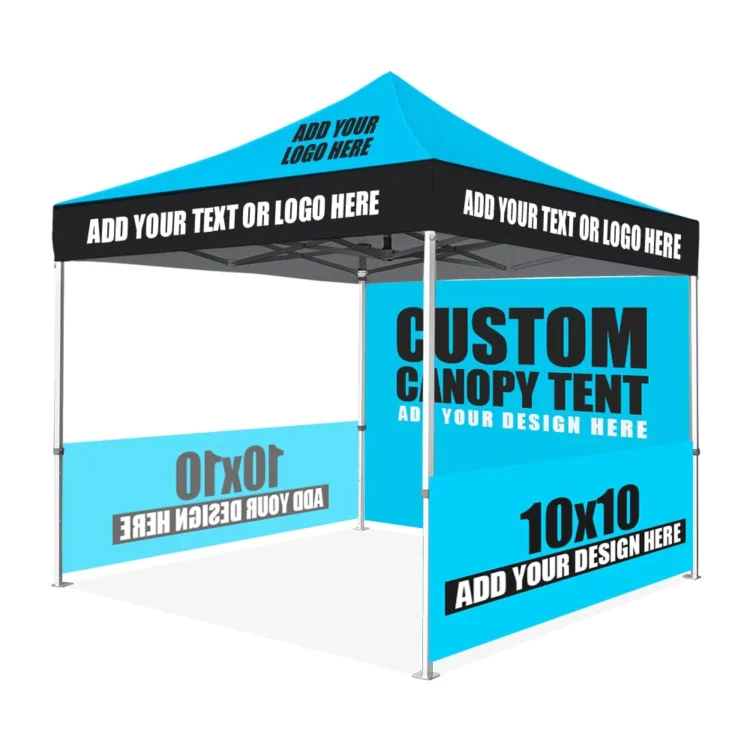
Color scheme
Choose a color scheme that appeals to your average customer. A popular strategy is the use of bright, bold colors that stand out and grab attention. This is particularly true for brands targeting younger demographics or looking to create a fun and energetic atmosphere. Some retailers opt for more subdued, neutral colors to convey a sense of sophistication and elegance.
Many retailers also use their brand colors to create a sense of consistency across various marketing channels, such as their website, social media accounts, and physical store locations. This helps create a sense of familiarity and trust with consumers and reinforces the brand’s identity.
Brand logo
If you don’t have a brand logo already, here are some tips to go about designing the perfect logo to establish a brand identity.
- Keep it simple: A simple logo is more memorable and easier to recognize. Avoid using too many colors, fonts, or graphics that can distract from the main message.
- Make it relevant: Your logo should reflect your brand’s personality, values, and mission. Choose colors and graphics that align with your brand’s message and resonate with your target audience.
- Make it scalable: Your logo should look good no matter where it appears, whether it’s on a small business card or a large billboard. Make sure the design is easy to resize and still clear and readable.
- Ensure it’s unique: Your logo should stand out from the competition and be easily recognizable. Avoid using generic graphics or fonts that are similar to other brands.
- Test it out: Get feedback from others, test the logo on different backgrounds, and ensure it looks good in different sizes and formats.
Slogans and punchlines
Use catchphrases and punchlines that are memorable and precise. Do not waste words and be mindful of your target audience. A good slogan often outlasts the brand itself!
5. Attention to Detail
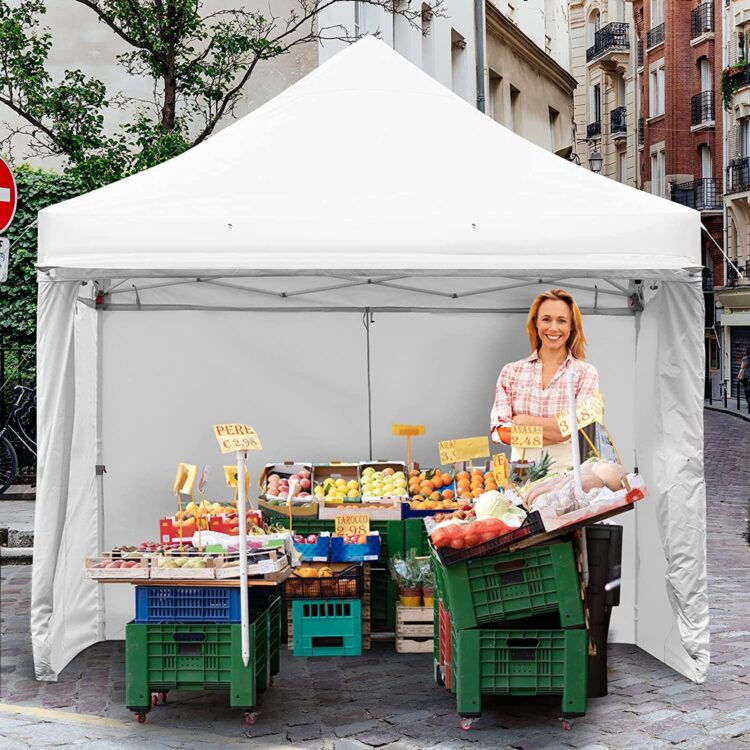
A little attention to detail can make a world of difference to how your customers perceive your brand. Here’s a list of tips to make your customers feel more welcome in your establishment.
- Use portable air-conditioners inside your tent to regulate temperature and humidity.
- Train your staff to be courteous and friendly.
- Pay extra attention to keeping the premises clean and dry.
- Avoid boggy ground at all costs.
- Use tent mats.
- Make use of tent stakes or weight plates to secure your tent in windy conditions.
- If your budget permits, make provisions for free refreshments for your customers in summer.
Conclusion
A curbside pickup is great way to show your customers that you care for their safety and comfort. Use it to highlight your business values and ‘customer first’ attitude, and increase your market footprint substantially.
 Hi Boox Popular Magazine 2024
Hi Boox Popular Magazine 2024
